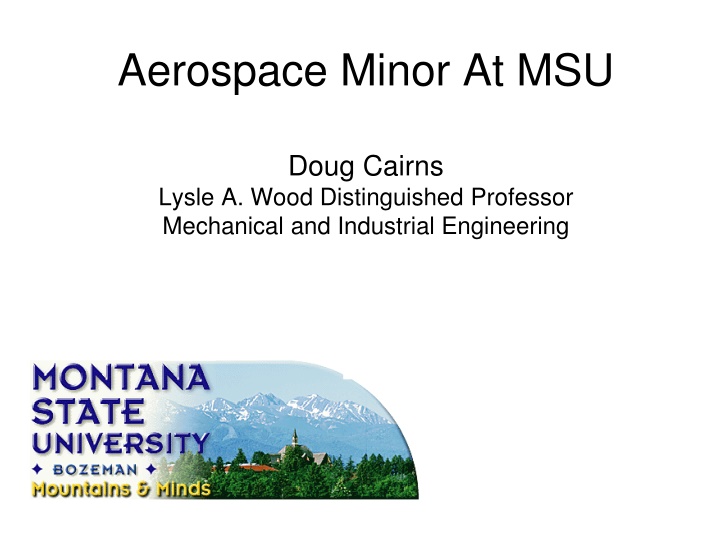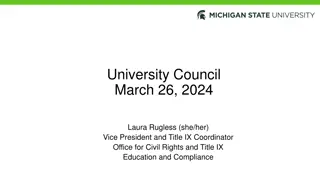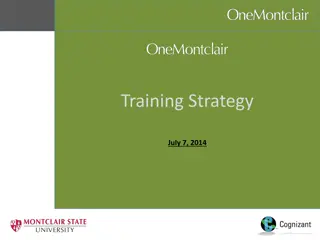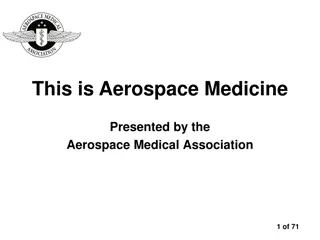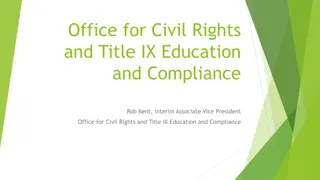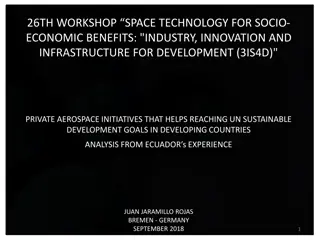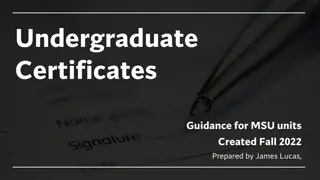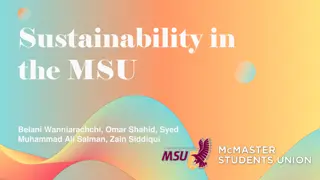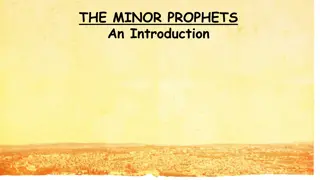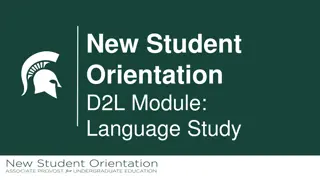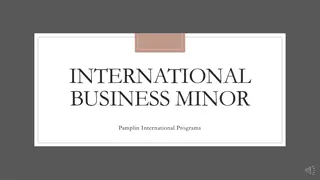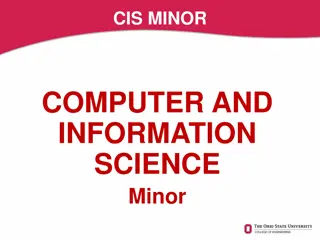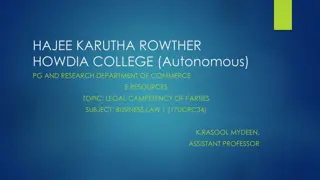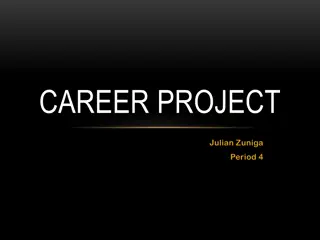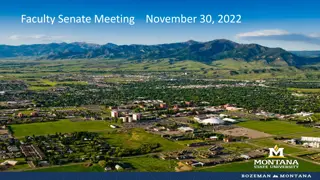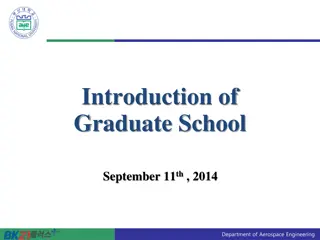Aerospace Minor At MSU
Goals of the Lysle Wood Professorship include impacting aerospace technology, supporting faculty development, and enhancing student opportunities. MSU meets regional aerospace needs, provides research collaborations, and prepares students for Montana aerospace jobs through its Aerospace Minor program.
Download Presentation

Please find below an Image/Link to download the presentation.
The content on the website is provided AS IS for your information and personal use only. It may not be sold, licensed, or shared on other websites without obtaining consent from the author.If you encounter any issues during the download, it is possible that the publisher has removed the file from their server.
You are allowed to download the files provided on this website for personal or commercial use, subject to the condition that they are used lawfully. All files are the property of their respective owners.
The content on the website is provided AS IS for your information and personal use only. It may not be sold, licensed, or shared on other websites without obtaining consent from the author.
E N D
Presentation Transcript
Aerospace Minor At MSU Doug Cairns Lysle A. Wood Distinguished Professor Mechanical and Industrial Engineering
Lysle Wood Professorship (Lysle A. Wood, BSME, 1925) Goals of the Professorship Make a positive and significant impact on aerospace technology nationally and in Montana Provide support for aerospace related faculty development Enhance student learning opportunities for aerospace related engineering careers Three year appointment, subject to renewal, Cairns appointed 9/07
Academic and Strategic Needs for the Aerospace Minor MSU has traditionally been a large supplier of engineers to Boeing in Seattle and other aerospace companies Sponsored research from Air Force, NASA, DOE (wind turbine blades), other aerospace Many ME Students hired by aerospace or aerospace-related companies Students are already engaged in aerospace internships JPL NASA MSU SSEL Edwards Air Force Base Sandia etc. Montana has reached critical mass in its aerospace activities S&K technologies Scientific Materials S2 Corporation Summit Design and Manufacturing in Helena Resodyn MSE in Butte etc. Governor Schweitzer has stated that aerospace and related technologies will be the leader for a higher tech Montana economy MSU has ROTC Aerospace Studies (AFROTC); 21 students, most are engineers Prospective students and their parents often ask Do you have an aerospace program?
E1P_MSU_article_1.jpg Materials and Structures Energy MSU 30_1147102609T Resodyn MSE CDI Aerospace (Igor Sikorsky at the controls) space-ship-one Summit Aeronautics Group S&K Technologies
Regional Needs Closest Aerospace Engineering at University of Washington (next closest is CU in Boulder) MSU has a breadth of faculty with aerospace expertise Utah State University has an Aerospace Emphasis in ME, similar to the BREN (Bio- Resources ENgineering) option in CE at MSU University of North Dakota has a Space Studies MS degree
Goals of the MSU Aerospace Minor Provide a framework for giving students an introduction to aerospace (a true minor, not a major; interdisciplinary approach engages a breadth of students) Formalize and strengthen what we are already doing, provide a basis for growth Use the Aerospace Minor as a recruiting tool Provide skills for Montana aerospace jobs Develop a venue for research collaborations/internships for our students
Resources for Implementation No new faculty needed; many faculty in COE, Physics, Chemistry with aerospace expertise and experience Aerospace Minor modeled after ECE minor for CS and vice-versa (BS major degree with a minor included in 128 credits) Thermo/fluids offerings weakest; source of opportunity for improvement Framework for new courses (strong architecture of the Aerospace Minor to build upon)
Aerospace Minor Requirements Summary Table 1 Required Core Courses for the Aerospace Minor Course Credits Rationale Math 171 4 Basic Differential Calculus class, necessary for quantitative aerospace courses Math 172 4 Basic Integral Calculus class, necessary for quantitative aerospace courses Physics 220 4 Basic science central to aerospace Physics 222 4 Basic science central to aerospace EMEC 368 3 Basic Introduction to aerospace engineering and science Total Required Course Credits 19 These courses are central to all engineering, physical sciences, and chemistry at MSU. This core group makes the aerospace minor applicable to Mechanical Engineering, Electrical Engineering, Physics, Civil Engineering, Chemical Engineering, Chemistry, and Industrial Engineering. (However, it is most appropriate for Engineering and Physics majors.)
Aerospace Minor (summary, cont.) Table 2 Aerospace Elective Course Categories Category Materials and Structures Needed for development of aerospace systems; structures, hardware, sensors, system packages, etc. Thermo/Fluids Needed for an understanding of aeronautical systems, momentum equations relevant to propulsion systems, environmental needs, etc. Focused Topics This is a series of focused and advanced topics applicable to aerospace. These courses include design, dynamics and control, Computer Aided Design (CAD), space science, etc. Students take an ADDITIONAL 9 Credits of electives in these categories (one from each) to complete the minor; specific courses selected based on relevance to aerospace, frequency of offering, and broad accessibility (e.g. minimal layers of pre-requisites) Impetus
Summary of Requirements for Aerospace Minor In summary, the MSU Aerospace Minor consists of 19 required course credits plus a minimum of 9 elective course credits as outlined above for a total of 28 course credits. ) Students who have less than the 19 required course credits will fill the additional minimum 28 course credits with approved Aerospace Minor elective course credits. Specifically, MET or CET Majors will need two additional directed elective credits to satisfy the 28 credit minimum.
